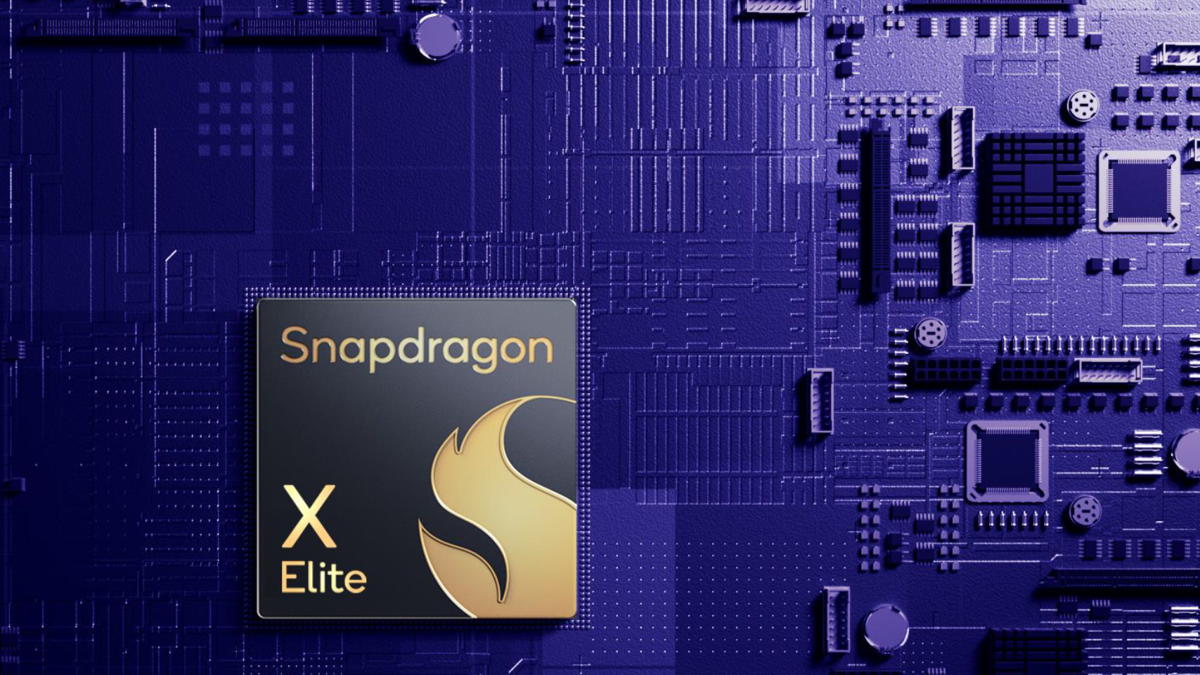Damo4
Regular
Throwing some rough figures out there, starting with current VVDN revenue estimates, even growing at a fast clip.
$80-100 million USD. EBITDA was up 63% or thereabouts for the year.
If they did say $150, 250, 300USD million in revenue next three years without knowing their forecasts, let's say Akida IP edge boxes turn out to be a big seller, and they reach 10% of VVDNs revenue or $ 30 million USD, BRN royalties would maybe be in the 2.5-5%.
That is roughly $750k-1.5millUSD in royalties for BRN.
Just saying on its own, it hardly seems like any significant revenue is coming for BRN from VVDN's EDGE BOX in the next few years.
It makes more sense if Akida can reach a saturation point as a component in Edge Boxes across the whole market as opposed to one partner here or there won't cut it for BRN.
Whether or not these IP deals are embryonic in producing a product on the market, it seems that it is essential that BRN gets big companies over the line, and that is what is concerning that they're not already officially licensed and many already have EDGE based products. I'm sadly convincing myself that BRNs time may not be until the next tech cycle boom commences in the early 2030s. In my view.. So how does it survive that long.
Definitely needs ARM to really give it a leg up soon to counter that. By the way is it any possibility that ARM licenses Akida? That would be the ticket.
Yeah we definitely need more licenses/partnerships to break even, let alone turn a profit.
Especially if we plan on continuing to develop well into 2030 for future iterations and applications.
I don't think any single license will rock the boat, but with the anticipated ubiquity, its a slow grind that I still think will pay off.
I've said it before but I would prefer to be early and poised to jump on the upcoming Ai revolution, than focus on something currently required and just fade out as we struggle to keep up.
I think most LTHs here really do believe BRN is early to the party and I struggle to see how Nvidia or IBM etc will be able to not only close the gap, but exceed BRN in this space specifically.
I feel for the people who lack patience, or believe they have been patient enough already, who are now stressing based on their paper losses, or erosion of gains.
There's a good reason people come on here and waste our time complaining about the company, instead of just selling.
They know deep down, that holding BRN is a good idea they just feel stupid for buying in hype and forum posts.
If the company and it's prospects sucked and had no hope they wouldn't be here.






